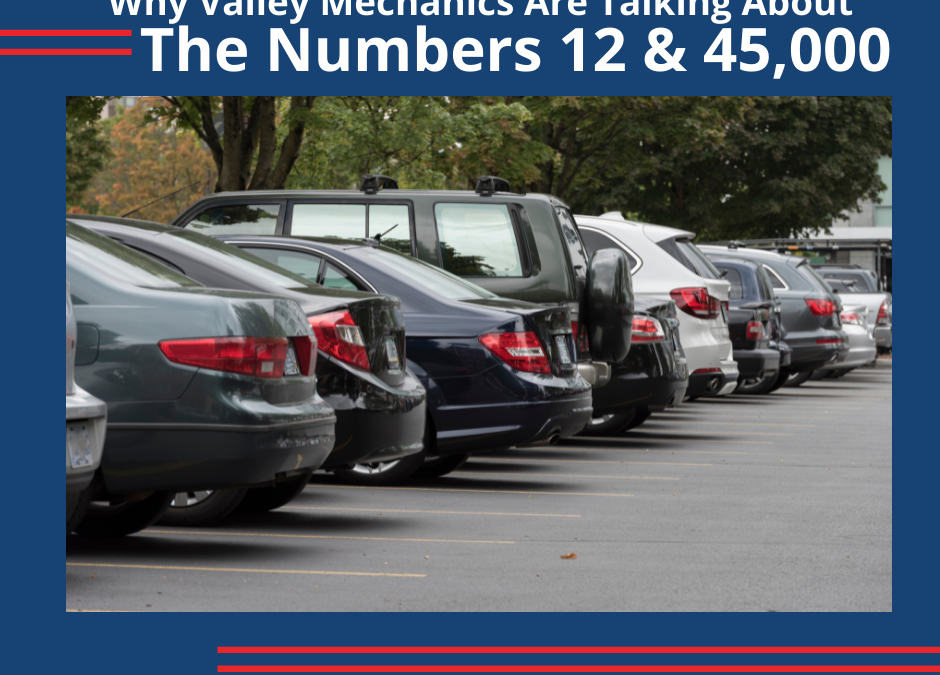Buying a car is a major investment that can pay dividends for years or months. The difference is in maintaining an efficient preventative car maintenance schedule. Preventive maintenance is a basic skill every car owner, including newbies, needs to implement to get the most out of their investment. Below are some simple preventative measures you can take. But if you feel uncomfortable performing these, Phoenix car repair experts are here to help you.
Check tire air pressure
Learn the importance of checking tire air pressure. There is a reason for the recommended PSI, per square inch, figure that is imprinted on each tire by the manufacturer. Learn what this figure is. This is the amount of air needed to keep tires operating at optimal levels. Before any tire reaches the marketplace, manufacturers put it through an arduous testing process to determine what level is appropriate for the size and driving conditions involved. When levels get too low, the tire becomes what is known as underinflated. Tires with too much air are termed overinflated. Both underinflated and overinflated tires can lead to a variety of harmful conditions that can hinder both the driver and car’s performance. Consequences of improper air pressure include uneven wear, spin outs, poor alignment, uneven wear, and impaired braking times.
Buy a tire gauge and keep it in the glove compartment. Gauges usually cost less than $5. Use it before every road trip. Check tire pressure at least weekly and adjust levels as soon as possible. Learn to eye your tires. When one looks low, use the gauge to check the pressure.
Maintain fluid levels
Your car depends on a number of fluids to operate properly. It needs oil to keep the engine operating properly. Oil is what keeps all the moving parts, like the pistons, lubricated. Without proper oil amounts, the parts will start scraping each other and may eventually freeze up your engine. Check your oil when the engine is warm to get an accurate reading. Open your car hood and secure it in place with the appropriate device. Look around your engine for a device that has an imprinted oil can. This will be your oil gauge. The gauge will be a very long piece of metal. Remove this gauge and look at the oil level. It will be well-defined on the gauge. Repeat this process 2-3 times to ensure accuracy. If low, immediately add oil or take your car to a trusted mechanic. If at the recommended level, simply put the gauge back in place.
- Check your transmission fluid. Your transmission gauge will have a short metal reader. Look in your car’s manual to find the location of the gauge. Add transmission fluid if levels are low.
- Check brake fluid. Brake fluid is usually located in a thick metal container that is securely closed with a strong clamp. Remove this clamp and check the fluid. There will be an indicator within the container to help you monitor the level. Add more fluid as needed.
- Check windshield solvent level. Dirty windshields can play havoc on driving safety. Keep your windshields clean and debris free by maintaining proper levels of windshield solvent.
- Check the radiator fluid. Sometimes known as antifreeze coolant, this important fluid keeps your car’s cooling system operating at optimum levels. It also protects the engine from overheating and freezing up. Look under the hood, near the front of the engine for the radiator fluid container. There will be fluid-level indicators on the side.
Learning and implementing the basics of preventative car maintenance can save money in the long run. If you feel uncomfortable performing any of these procedures, a number of certified professionals are available to help you.







